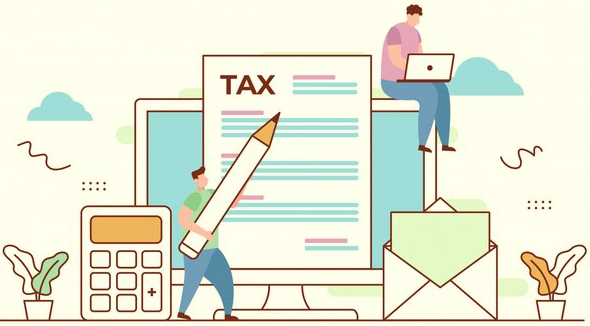-
Gold, silver, and sapphires
Montana has a large stock of gold, silver, and sapphires as natural resources and since the 18th century, this had attracted people to the state. Even now, the different gems, gold, silver, and sapphires are extracted from different mines, contributing highly to the state’s coffers.
-
The Grizzly and Wolf Discovery Center
A non-profit wildlife park and educational facility in West Yellowstone, the Grizzly & Wolf Discovery Center is open to the public for 365 days. 114 animals belonging to 23 species are displayed here.
-
The World Museum of Mining
The museum is at an inactive silver and zinc mine in Butte. There are 50 buildings spread over 22 acres and you can tour through underground mines up to 100-feet down.
-
Lewis and Clark Caverns State Park
A 3,000-acre recreation and nature preservation area 12 miles east of Whitehall, Lewis and Clark Caverns has two visitor centers, ten miles of hiking trails, a campground, and electrically lighted limestone caverns. Since 2018, it has been on the National Registry of Historic Places.
-
The Moss Mansion
A 1903 era-red stone mansion in Billings, the Moss Mansion is now a museum reflecting the history of early Billings's development. The Mansion is listed on the National Register of Historic Places.
-
Gates of the Mountains Wilderness
The Gates of the Mountains Wilderness Area covers 28,465 acres and is managed by the Helena National Forest. There is a 53-mile trail through high meadows, open forests, and narrow gorges cut by bounding streams. Camping and fishing are allowed with proper permits but no motorized or mechanized vehicles, including bicycles, are allowed.
-
Glacier National Park
On Northwestern Montana, on the US-Canada border, Glacier National Park is spread over 1,000 miles and includes parts of 2 mountain ranges. There are 130 named lakes, more than 1,000 different species of plants, and hundreds of species of animals in this protected region.
-
Editor's Pick Little Bighorn Battlefield National Monument
This is a preserved site that is a memorial to the soldiers who fought the Battle of the Little Bighorn in 1876. The site of a related military action led by Marcus Reno and Frederick Benteen is also part of the national monument but is about 3 miles southeast of the Little Bighorn battlefield.
-
Museum of the Rockies
An independent non-profit institution, the Museum of the Rockies (MOR) is a repository for state and federal fossils. One of the world's finest research museums, MOR displays an extensive collection of dinosaur fossils including the fully-mounted Montana's T. rex skeleton.
-
Big Sky Resort
A ski resort in Montana, Big Sky is located an hour south of Bozeman via U.S. Highway 191. The second-largest ski resort in the country, it is spread over 5,800 acres of terrain and has a vertical drop of 4,350 feet. It has 250 runs for skiing enthusiasts of every type - beginner, intermediate, and advanced. The resort also hosts several events, including conferences and weddings year-round.
-
Helena
Helena, the state capital of Montana is one of the most visited cities and is blessed with the scenic beauty around. The elaborate Victorian architecture is worth seeing. You’ll see its rich historic past still intact - for the past 100 years and more. The 75-mile trail is ideal to explore walking or on a bike.
-
The C.M. Russell Museum Complex
The art museum in Great Falls primarily displays the artwork of "cowboy artist" Charles Marion Russell. The illustrated letters by Russell, work materials used by him, and many other items are displayed to help visitors understand his life and working habits. There is also Russell's log cabin studio and his two-story wood-frame home within the museum property.






















